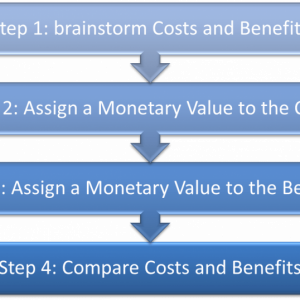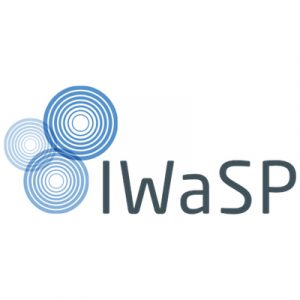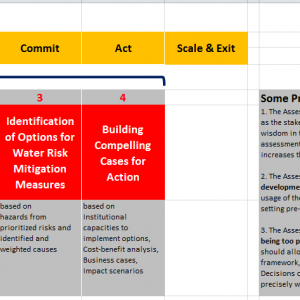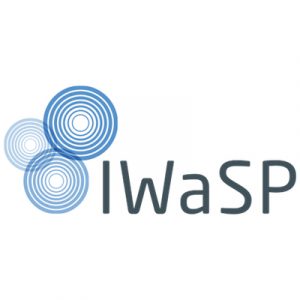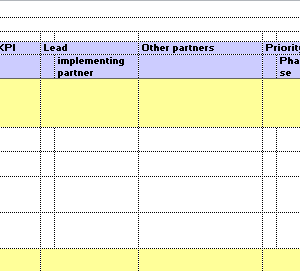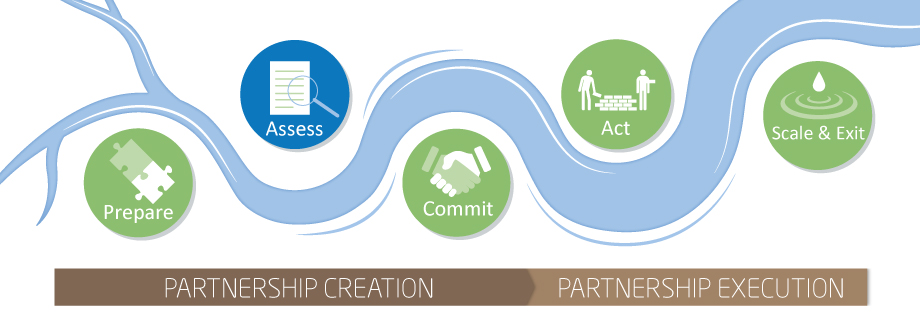
NRAF’s Phase 2, which is often integrated with elements of the Prepare phase, consists of a situation analysis, assessing natural resource risks, developing scenarios and options for risk mitigation measures, determining costs and benefits, further shaping the emerging partnership, elaborating the roadmap, and deciding on possible solutions, among others.
Selected key questions for Phase 2
- Do we have a good understanding of relevant natural resource risks and mitigation options?
- Have we addressed stakeholder concerns and questions?
- What are the costs and benefits of the options identified?
- Are affected stakeholders contributing to the design and implementation of the initiative?
- Have all stakeholders contributed to articulating and have a common understanding of the initiative’s goals?
- Have we researched best practices that we can adopt, adapt, or learn from?
Example
Assessing water risks in Tanzania: The “Usa River Partnership” for water stewardship is conducting a study in consultation with all relevant stakeholders, including upstream and downstream villages, to ensure an accurate understanding of water risks and options for water risk mitigation measures, including a costs and benefits analysis, to develop a Water Risk and Action Plan (WRAP). This WRAP will be validated by a kick-off stakeholder meeting and signed by each partners. See more on the tools here: direct link to Phase 2 in the WRAF.
The Compass Dimensions and Aspects that are most commonly associated with NRAF Phase 2: Assess
- Collective Intelligence: diversity – foster diversity in thought, viewpoints, background, and experiences
- Humanity: empathy – embrace the perspectives of others and open gateways for reconciliation
- Future Possibilities: future orientation – focus on potential or opportunities and drive change for the better
- Innovation: creativity – nourish sources of creative energy and collective generation of ideas




